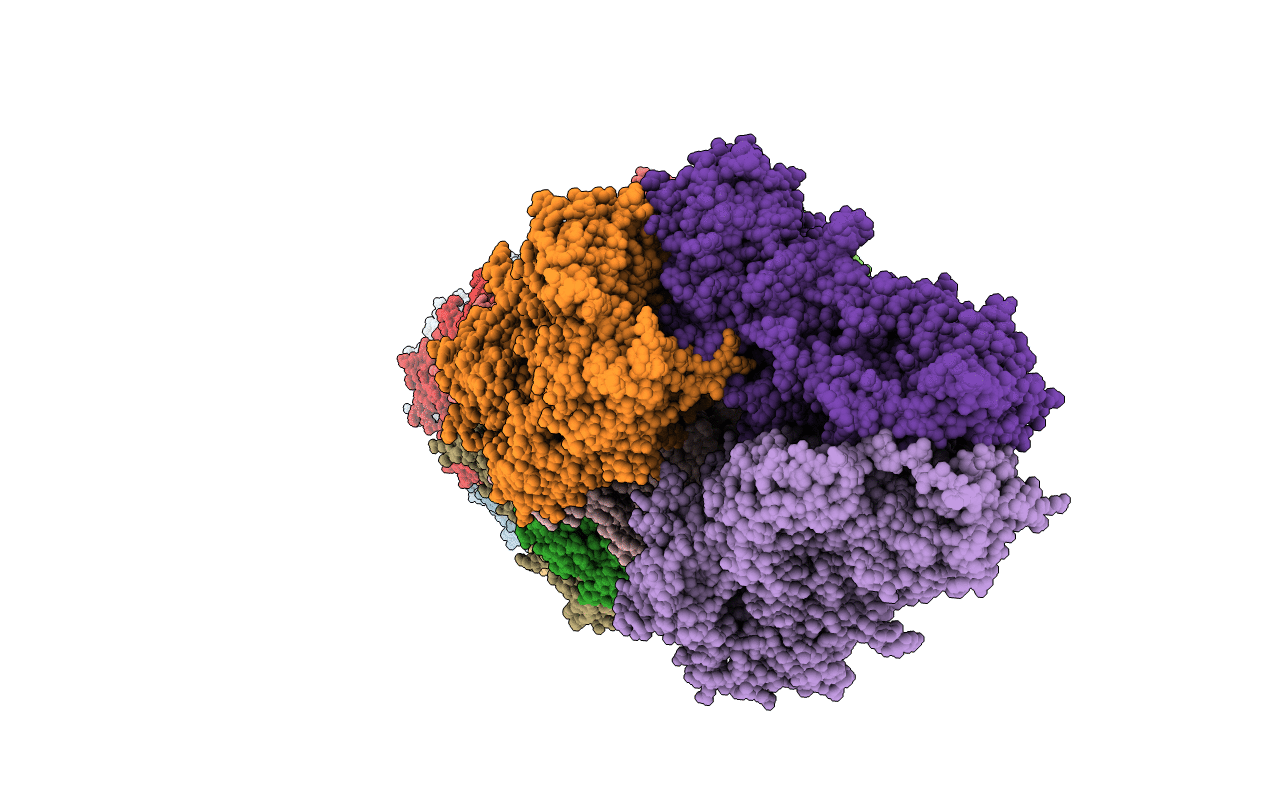
Deposition Date
1994-07-18
Release Date
2014-07-09
Last Version Date
2024-02-28
Method Details:
Experimental Method:
Resolution:
2.50 Å
R-Value Observed:
0.17
Space Group:
P 1 21 1


